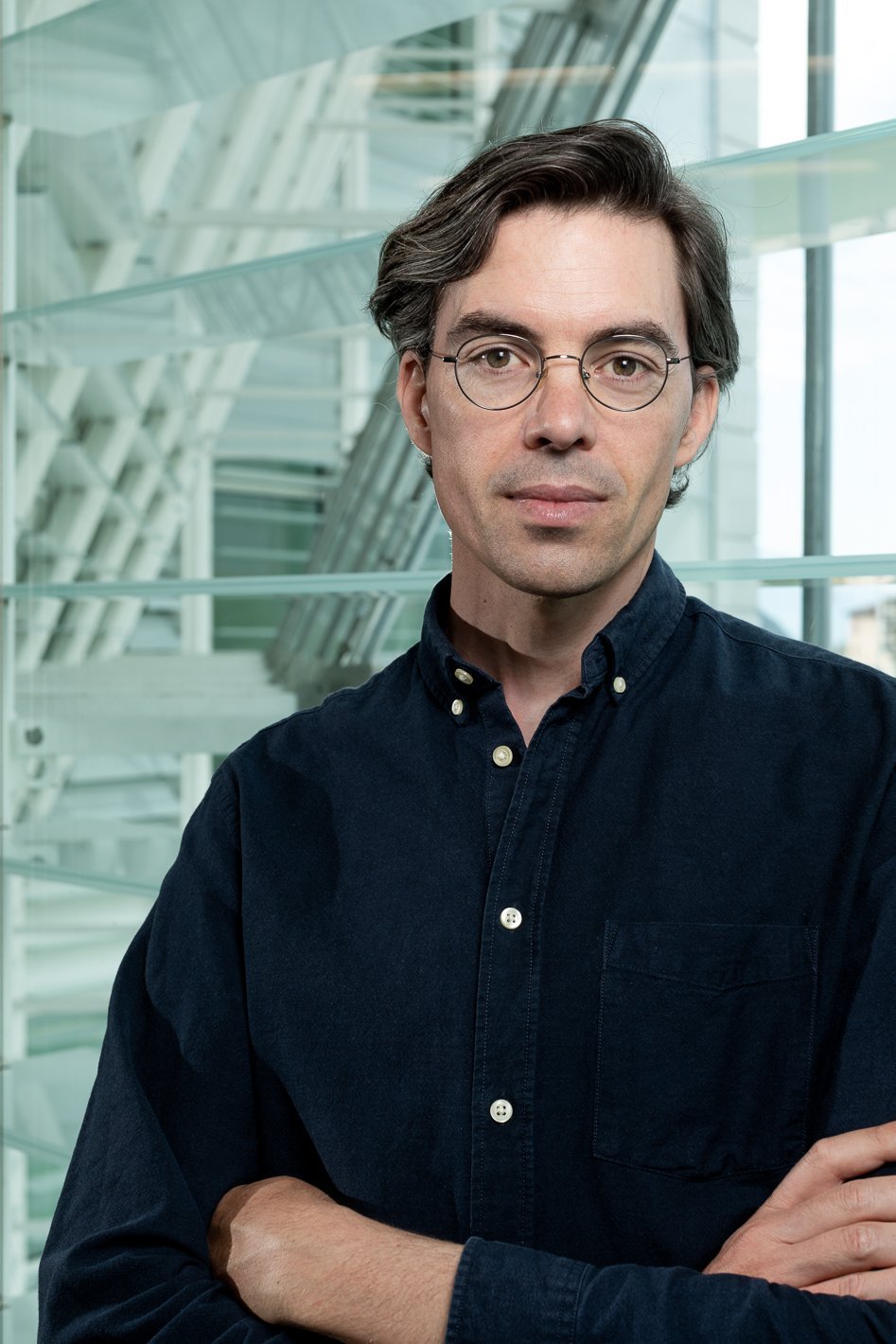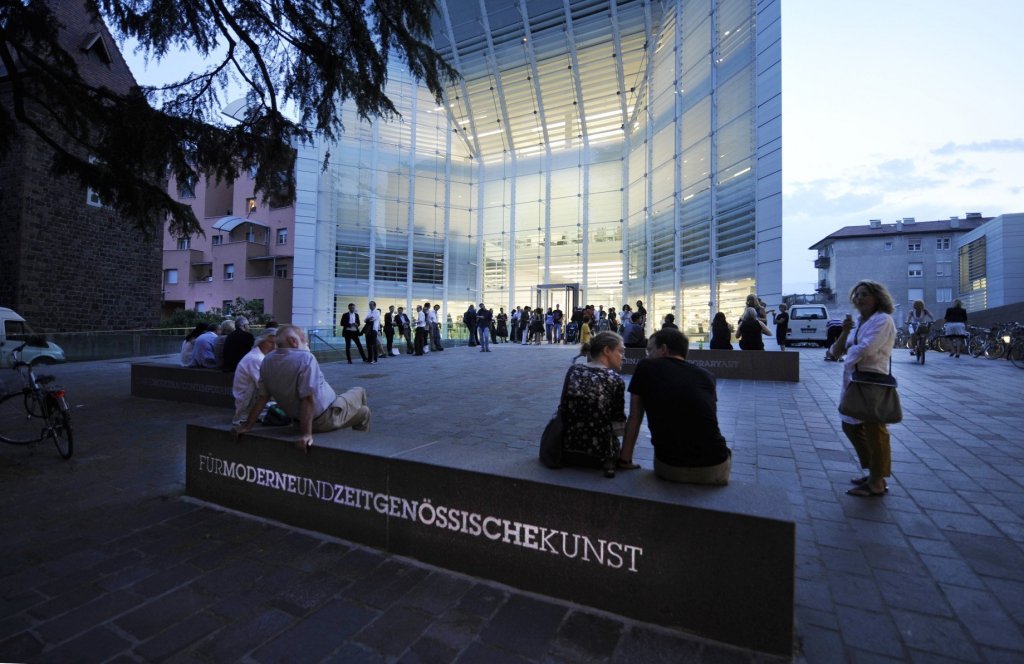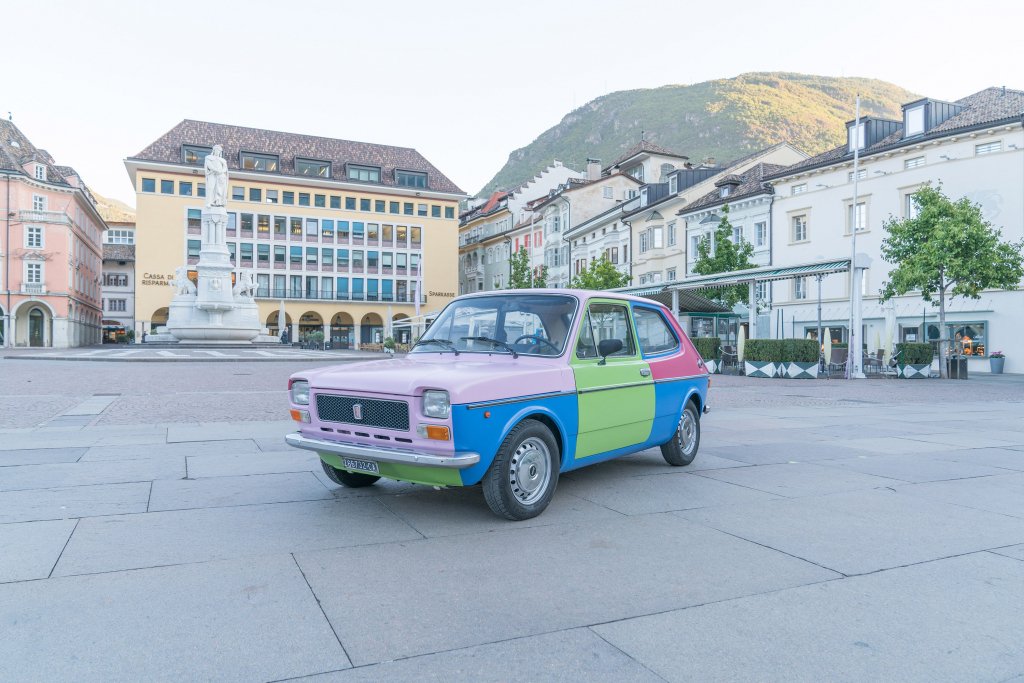Bart van der Heide and the Museion of tomorrow
We talked to director of Museion Bart van der Heide, discussing social identity, (sustainable) tourism, and no longer emerging artists.
On the occasion of the sixteenth Giornata del Contemporaneo (contemporary art day) promoted by the association of Italian contemporary art museums Amaci, we sat down for a conversation with Bart van der Heide, director of Museion in Bolzano. His six-month experience at the helm of the South Tyrolean institution is the last in a long resumé, which includes positions at Cubitt Gallery, Witte de With, Kunstverein Munich and the Stedelijk Museum, where van der Heide was chief curator for four years. Through this interview we looked to understand his approach to a foreign and perhaps peripheral context such as Museion, keeping in mind that being far from something also means being close to something else.

After six months in Italy, have you found what you were looking for?
Bart van der Heide: Museion is still a relatively young institution, which is why I chose it. Ten years are a short life for a museum. It is evident to me that the community of which Museion is an expression is now becoming convinced of its urgency. This is the moment when a director can make a difference.
What is your take about ICOM’s new definition of “museum,” which some believe is too political for most museums to employ?
Bart van der Heide: I favor those who would like to adopt a more open definition of a museum, perhaps even an agonistic one. The traditional perspective, oriented towards conservation and teaching should evolve into more dynamic approaches.
How would you like Museion to evolve in the medium term?
Bart van der Heide: Museion is an international museum with local relevance. I would like to improve this significance. A museum can be a key partner in building the future of a community, helping to express its full potential.

How do you intend to dialogue with other artistic institutions in the area, such as the Novacella Abbey, the South Tyrolean Archaeological Museum, or the network of museums created by Reinhold Messner?
Bart van der Heide: We are talking about extraordinarily attractive institutions, but I believe that Museion should find the right harmony between civic responsibility and tourism, which is very important for the region. The operators themselves are aware that tourism in the area should be quality-oriented and sustainable. The goal is not to use Oetzi to attract people to Bolzano if they don’t leave anything behind for the city. On the contrary, we all want to ensure that people come back. To achieve this goal we need to be able to offer a comfortable, international context, where creativity is considered a fundamental resource.
The Italian examples of cities like Venice and Florence, or beach resorts like Cinque Terre, show that (over) tourism can be a double-edged sword. How can this resource be used correctly?
Bart van der Heide: Culture can have a large impact on a territory. A good indicator of this phenomenon is the so-called “brain-drain.” Bolzano is going through an important transition: from an economy based on the iron and steel industries, the city is moving on to technology and innovation, with the creation of important infrastructures such as the NOI Techpark and the University of Bolzano itself. However, if the more educated people leave, these structures will be useless. Culture can and should therefore help ensure they stay here.
How does Museion position itself in this scenario?
Bart van der Heide: Bolzano has very interesting cultural initiatives, such as Lungomare, Bau, Dalle Nogare Foundation, Transart. What is missing is a place where these initiatives can meet and mutually enrich each other. I think Museion can facilitate this process.
How so?
Bart van der Heide: I would like Museion to learn to use all its resources and eventually to be defined not only by the exhibitions it hosts. It is a question of consolidating the internationality of the exhibition program, but also developing new formats, fully taking advantage of facilities such as the museum restaurant, bookshop, theatre, residences, study center and library.
The pandemic has shown how important it is for any cultural institution to develop communication tools that are up to the challenge. What are you doing in this regard?
Bart van der Heide: I would like Museion to tell more stories, and to be more informed museum. This is an important change in the mentality. For example, through our new Museion Bulletin, we look around trying to understand the needs of our community. It is a question of understanding which voice the museum should assume.
[Here is our open letter to Italian museums about the dangers of media illiteracy. Ed.]
Could you elaborate?
Bart van der Heide: I believe that the idea of the museum as the ultimate place of historical and artistic skills should be overcome. Knowledge must be part of a broader and more differentiated portfolio. A museum should dialogue with cultural variety and should be able to nurture it.

What are the advantages of being a foreign director?
Bart van der Heide: I don’t speak Italian yet but I’m studying it. That said, I consider myself an international citizen. What I bring to Museion is the experience of different contexts. However, I believe there is something more important than my nationality here: it is the temporary nature of the Museion directorship–it lasts only (renewable) four years. This is possible because the museum is partly public and partly private. Unlike in most Italian museums, the power of politics is balanced by that of the founders.
Is the absence of art fairs and their overpower in the art world also freeing up opportunities for museums?
Bart van der Heide: Museums have a completely different temporality from fairs. I don’t think it makes sense to compare them, especially when it comes to young artists. The market is focused on young artists and for this reason it fails to ensure a generational exchange. Contemporary art museums have the task of offering artists who can no longer be considered emerging the opportunity to become historic, perhaps by dealing with more ambitious spaces and projects. I believe that the absence of Biennials should be taken more seriously than the absence of fairs. Biennials are the real opportunities for knowledge and confrontation.
December 6, 2020
